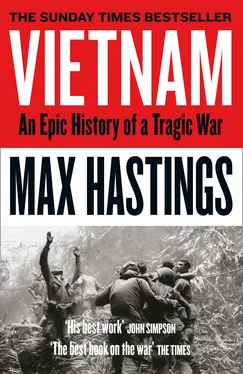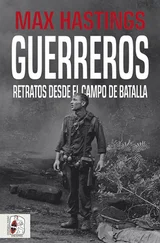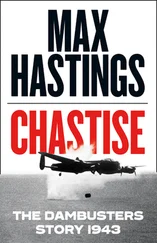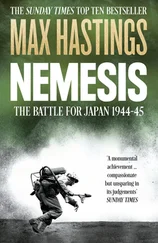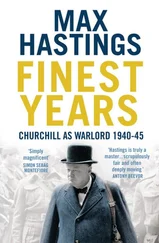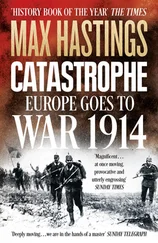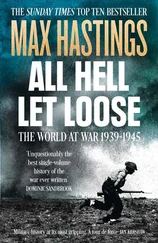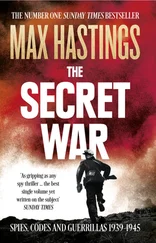Next day US-built C-119 Flying Boxcars droned overhead, dropping heavy equipment and vehicles – nothing could yet land on the strip, cratered by the Vietminh. By the time the struggle at Dienbienphu finally ended, the French would have used there almost sixty thousand parachutes, so that white and coloured blotches, plague spots, came to dominate aerial photographs. Once bulldozers had rendered the airstrip serviceable, a stream of reinforcements arrived, enlarging the garrison towards its eventual peak of twelve thousand men.
The camp’s appointed commander was Col. Christian de Castries, a fifty-one-year-old military aristocrat who boasted a marshal, an admiral and nine generals in his family tree. A famous off-duty equestrian who had won many medals and suffered grievous wounds from a mine in Indochina, he was afterwards accused of cowardice by his critics, who claimed that at Dienbienphu he lurked in his bunker. De Castries’ record makes such a charge implausible. On the moral side, however, the verdict is less assured: he lacked any gift for inspirational leadership. As his predicament became ever more burdensome, he lapsed into gloomy fatalism. He cannot justly be blamed for the outcome – Navarre and Cogny were the battle’s architects. But he made many tactical errors, both of commission and omission.
The word ‘fortress’ was repeatedly used to describe Dienbienphu, yet it was never anything of the sort. Rather, it was a chain of low hills amid a plain overlooked by densely-wooded mountains, and now entrenched with shocking casualness. Scarcely any of the defensive positions created in the months before the Vietminh assault were adequately fortified: many of the garrison’s men were courageous enough, but regarded digging with disdain. Their commanders took for granted a 24/7 air link with Hanoi.
Meanwhile, far away in the hills, Giap learned of the deployment: the French press, of which his staff were assiduous readers, reported Navarre’s intention to stand and fight. The Vietminh general’s decision directly to challenge the enemy commander-in-chief – to commit large forces to attack the camp – was founded upon a shift in the military balance, at first unknown at French headquarters in Hanoi. The Chinese had supplied the Vietminh with American-built M2A1 105mm howitzers captured from the defeated Nationalists, together with 120mm mortars and 37mm anti-aircraft guns. These provided Giap’s artillerymen with much-enhanced hitting power, and above all range – a 105mm shell could reach targets from gunpits twelve thousand yards away.
The most important, and indeed historic, call Giap made, in which his Chinese advisers played an unproven but possibly influential role, was logistical: to convince himself and the politburo that his men could drag these weapons, each of which weighed over two tons, five hundred miles over some of the most intractable terrain in Asia, and sustain for months supplies for a four-division siege force. To achieve this, on 6 December a general mobilisation was decreed across the ‘liberated zone’, to muster a rotating host of peasant porters, each of whom served at least a month before stumbling home exhausted, emaciated, racked by disease. To motivate these men and women, new emphasis was placed on the imminence of land reform, their prize for victory. Alongside the familiar army slogan ‘Everything for the front, everything for victory!’ there now appeared a new one: ‘The land to the peasants!’
Giap shifted his advanced headquarters three hundred miles, to a cluster of bomb-proof caves and man-made tunnels nine miles from the French camp, where he laid out his map table on 5 January 1954. His staff began to publish a bulletin for the troops. Among its news reports and exhortations were lurid cartoons. One such depicted France as a grossly ugly woman who has given birth to Dienbienphu, and lies beset by tiny black-clad figures who are severing the umbilical cord of the air link – as indeed they would do, just a few weeks later.
Communist logisticians and engineers laboured on their supply route, some stretches capable of accommodating Soviet Molotova trucks which operated in relays, offloaded and reloaded by gangs of porters. Rice was rafted part-way from China, down the Black River. Giap demanded a battlefield stockpile of a thousand tons of ammunition – each 105mm shell weighed forty-four pounds. Vietminh infantry began moving towards Dienbienphu, where on arrival they were presented with spades to wield, ropes to haul. Along the length of the trail, close attention was paid to camouflage. In jungle, treetops were lashed together to form a tunnel, while bridges were created, invisible beneath river surfaces. In open country gangs followed trucks, brushing away telltale tracks. When French aircraft anyway caught them, the only succour for the wounded was provided by medical students, equipped with rags and peasant palliatives.
As for the guns, Vietminh officer Tran Do described a routine repeated through weeks: ‘Each night when freezing fog descended into the valleys, groups of men mustered … The track was so narrow, [and] soon an ankle-deep bog, that the slightest deviation of the wheels would have caused a gun to plunge far into a ravine. By sheer sweat and tears we hauled them into position one by one, with men playing the part of trucks … We existed on rice either almost raw or overcooked, because the kitchens had to be smokeless by day and sparkless by night. On ascents, hundreds of men dragged the guns on long ropes, with a winch on the crest to prevent them from slipping. The descents were much tougher, the guns so much heavier, the tracks twisting and turning. Gun crews steered and chocked their pieces, while infantry manned the ropes and winches. It became the work of a whole torchlit night to move a gun five hundred or a thousand yards.’ Vietminh propaganda made a posthumous hero of a man who threw himself beneath a wheel to check a slipping gun’s escape into a chasm.
French intelligence, striving to monitor this fevered activity in the north-west, estimated that Giap could muster just twenty thousand porters, who could feed only a matching number of soldiers. In reality, however, the communists mobilised sixty thousand. Strengthened bicycles became a critical link in the supply chain, each bearing a load of 120lb, rising in emergencies to 200lb. Communist leaders inspired not only their fighters, but also the porters, to levels of physical effort and sacrifice that few Frenchmen or mercenaries proved capable of matching. A prisoner was deeply impressed when ten Vietminh raised their hands in response to a cadre’s call for volunteers to dispose of delayed-action French bombs.
The campaign developed in slow motion, with a lapse of more than a hundred days between the initial parachute landing on 20 November and Giap’s first assault in March. From the outset, French attempts to advance beyond their perimeter were punished: in December two para battalions that probed towards a village nine miles distant were mauled by the besiegers and obliged to retire. Navarre gave new orders to de Castries: he must simply hold the camp at any cost. Once the French had landed four 155mm guns, as well as 105mm howitzers and 120mm mortars, they felt confident about outgunning the Vietminh. Yet it proved frustratingly difficult to pinpoint targets: the poor quality of local maps impeded air and artillery observers; the enemy’s heavy weapons were seldom visible.
Through December the French high command received a steady trickle of intelligence that disturbed Navarre and Cogny – though not nearly as gravely as it should have done. They now knew that four Vietminh divisions were moving in the northern mountains, but remained uncertain of their destination – enemy diversionary actions in the Central Highlands and the Red River delta fed vacillation in Hanoi. Throughout the war hitherto, Vietminh assaults that met strong French resistance were aborted: the generals thus believed that Giap’s army would respond to a costly repulse at Dienbienphu by folding its tents. A correspondent of Le Monde who visited the camp told his readers that the prevailing spirit was On va leur montrer! – ‘We’ll show them!’
Читать дальше
